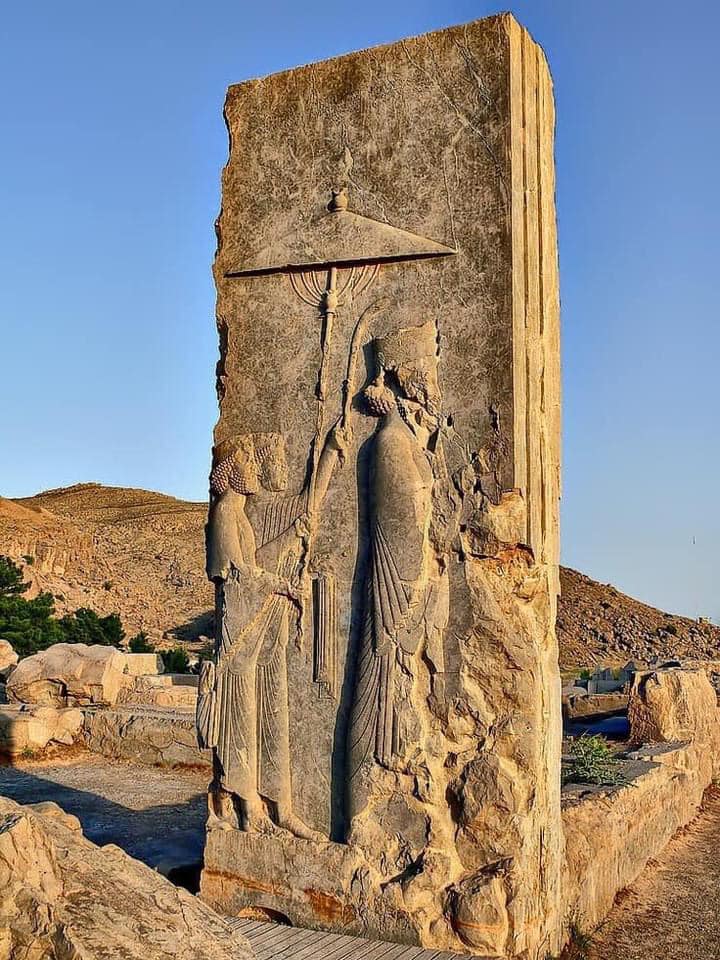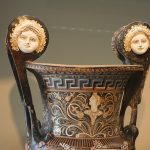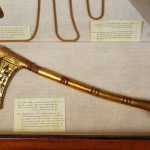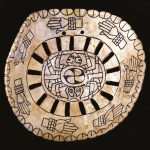The Splendor of Ancient Persia: A Glimpse into Persepolis

Persepolis, the ceremonial capital of the Achaemenid Empire, stands as a testament to the grandeur and sophistication of ancient Persian civilization. The striking image above captures one of the many intricate bas-reliefs that adorn this historic site, offering a window into a world that flourished over 2,500 years ago.
The Magnificent Relief
This particular bas-relief, carved into a towering stone slab, depicts a scene rich with cultural and historical significance. The figures, rendered with remarkable detail and artistry, likely represent important figures from the Achaemenid period. The figure on the left appears to be paying homage or offering service to the figure on the right, who stands under an elaborate parasol, a symbol of royalty or divinity.
The craftsmanship evident in the relief highlights the advanced skills of Persian artisans. Each fold of the garments, the texture of the hair, and the expressions on the faces are meticulously carved, showcasing the high level of artistry achieved by the sculptors of Persepolis.
Historical Context
Persepolis was founded by Darius the Great in 518 BCE and served as the heart of the Persian Empire. It was a place of great ceremonial importance, where the king received dignitaries and tribute from the various peoples within the empire’s vast expanse. The reliefs throughout Persepolis not only depict scenes of homage and loyalty but also illustrate the cultural and ethnic diversity of the empire.
The depicted scene might reflect the empire’s structure, where various nations under Persian rule presented their offerings to the king, symbolizing unity and the king’s overarching authority. Such imagery reinforces the central power of the Achaemenid rulers and their divine right to govern.
Architectural Grandeur
The remains of Persepolis, including the bas-reliefs, columns, and grand staircases, speak to the architectural ingenuity of the ancient Persians. The site was meticulously planned and constructed using advanced engineering techniques of the time. The use of large stone blocks, precision in carving, and the scale of the construction all point to a highly organized and resourceful society.
The Legacy of Persepolis
Persepolis remains a symbol of Persian cultural heritage and a reminder of the empire’s historical significance. Despite being sacked by Alexander the Great in 330 BCE, the ruins of Persepolis continue to captivate archaeologists, historians, and tourists. Each carving and structure tells a story of a civilization that valued art, governance, and cultural integration.
Conclusion
The bas-relief captured in the image is more than just an artistic achievement; it is a historical document etched in stone. It offers us a glimpse into the Achaemenid Empire’s social hierarchy, religious beliefs, and the artistic sensibilities of its people. As we continue to study and preserve such relics, we gain deeper insights into the ancient world and the enduring legacy of Persepolis.









